When revamping a house, homeowners often wish to get their own paint job done to save time and money. However, they may worry that their skills can’t deliver a paint job that’s as good as a professional’s. Here are six steps that everyone – whether amateur or professional – can easily follow to achieve that sleek DIY paint job.
1. Remove damaged paint
Scraping off your old, flaking paint is essential to helping you get a long-lasting paint job. Don’t ever skip this step! Leaving old paint on your walls will make your new coat of paint flake faster. Use sandpaper to soften the rough edges of the wall to avoid having thin, vulnerable areas in the new layer of paint.
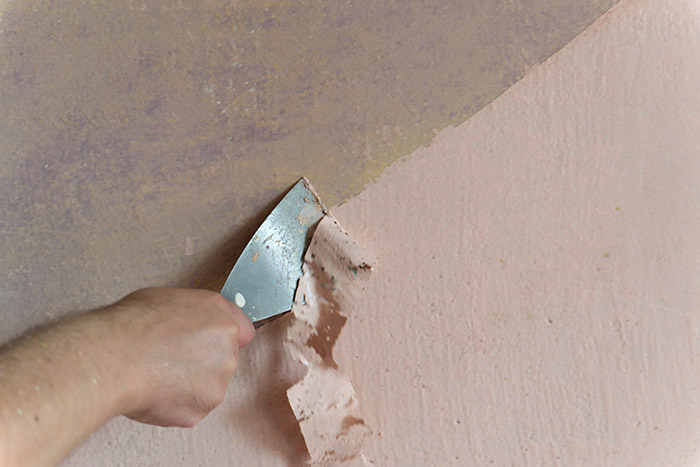
Source: Tomas Mikl/https://image.shutterstock.com/z/stock-photo-close-up-worker-hand-scraping-old-paint-on-concrete-wall-remover-old-paint-manual-work-with-457778704.jpg
2. Clean your painting surface
Dirt and debris are a painter’s greatest enemies. The slippery texture of these particles prevents paint from sticking to the intended surface. Clean the wall at least twice — first with a damp cloth and detergent, and then with clean water and a soft towel. If you are painting the exterior of your house, take note of other pollutants like cobwebs and fungi. You may need bleach and water to clean them.
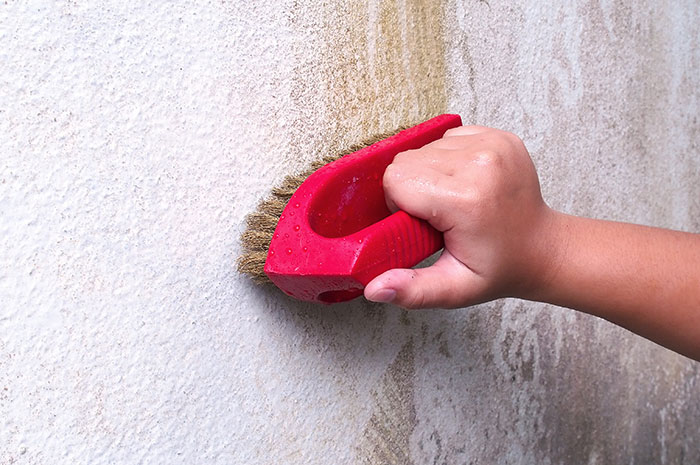
3. Repair damaged surfaces
After scraping off the old paint, you may see some holes and cracks in your wall. First, make a deeper opening so you can remove debris and any old fillers. Once you’re done, patch up the cracks with new fillers. Use a willing knife to create a smooth and uniform surface before painting your wall with sealers. Sealers coat any surface that has fixed holes or cracks to provide consistent coverage.
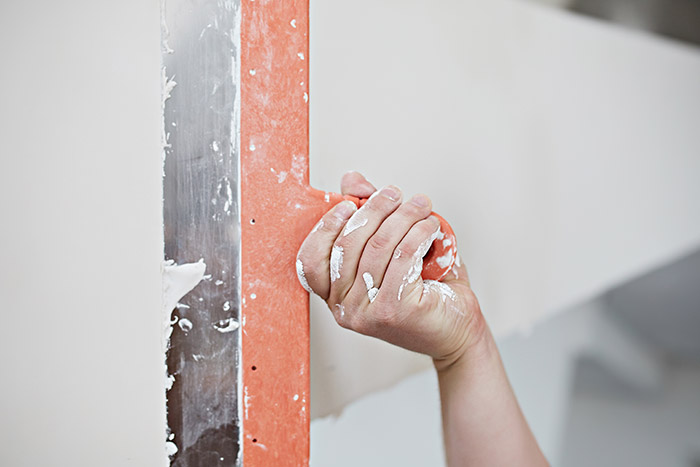
Source: Katrinphoto/https://www.shutterstock.com/image-photo/master-applying-white-putty-knife-651719767?src=va-ac_1RAgDc1HKElNUdlQ-1-98
4. Use proper techniques to paint
From paint thickness to painting patterns, the proper painting technique is essential for that perfect paint job. If your coat of paint is too thin, the colour of your walls will look dull when the paint dries. Conversely, layers that are too thick are prone to cracks. While painting walls doesn’t sound like it requires any artistic skills, it is essential that you use the right strokes. Always cover previous strokes to get an even coat of paint. An ‘N’ or inverted ‘N’ stroke is recommended.
Also make sure you choose the right type of paint for your DIY projects.
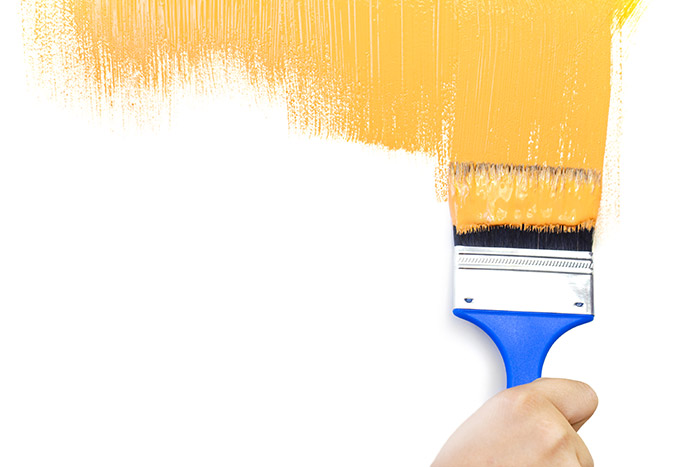
Source: Taiga/https://image.shutterstock.com/z/stock-photo-orange-painted-shape-with-brush-white-background-copy-space-75622717.jpg
5. Find the right time
Humidity, wind and harsh sunlight are not a painter’s friends. Extremely hot temperatures may cause the paint to dry before you can apply the paint evenly. Meanwhile, humid weather will create bubbles on a painted surface. As a good rule of thumb, paint in the shade when the weather is cool and dry.
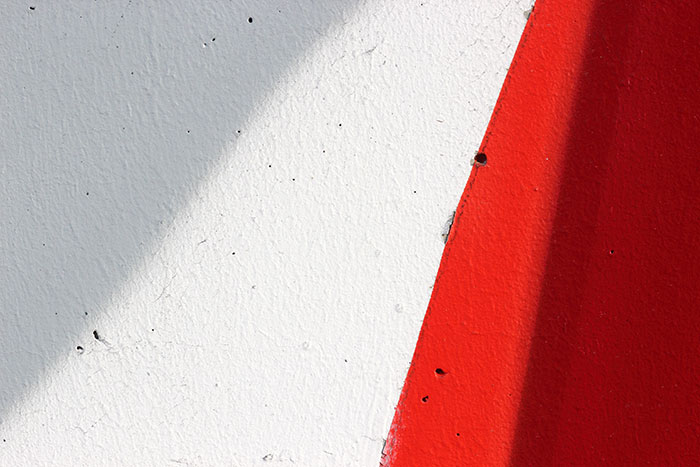
Source: GALLEY JOELLE/https://image.shutterstock.com/z/stock-photo-irregular-texture-background-painted-wall-red-white-shadows-and-light-diagonal-797288716.jpg
6. Utilise the right tools
The quality of tools and materials used does impact the longevity of your paint. High-quality tools and materials help you to avoid common issues such as cracking. You should always coat your surface with primers and undercoats before applying the desired paint on top. Nippon Paint Aqua Primer Sealer Undercoat is a great choice as it combines the features of both primers and sealers.
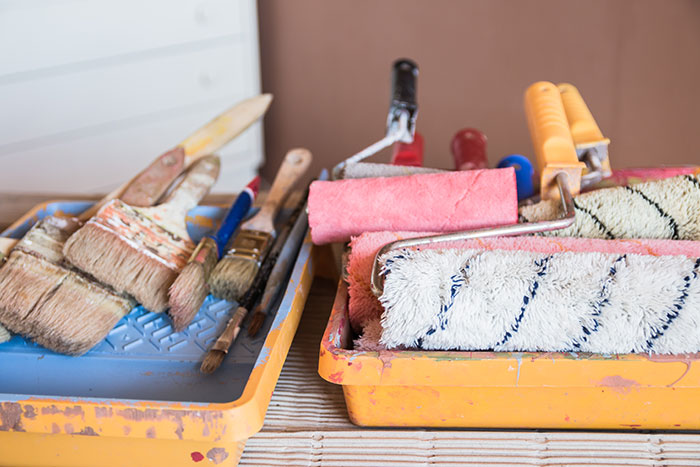
Source: Photomario/https://image.shutterstock.com/z/stock-photo-painting-tools-paint-rollers-brushes-color-table-and-gloves-446579533.jpg
DIY painting won’t be an intimidating business once you familiarise yourself with these hacks. You may also find the Nippon Paint Calculator useful to estimate the amount of paint needed for your house. It’s time to tick DIY painting off your bucket list!
If it’s too tough, why not leave it to the painting professionals? Fuss free, and with painting packages for all budgets!
DIY Taboos: 4 Painting Shortcuts You Should Never Take
